Developed for automatic tank level gauging of above ground storage tanks and process vessels.
Emolice is an approved supplier of Temposonics GmbH & Co. KG®. Temposonics® (formerly MTS Temposonics) is recognized as an industry leader in sensing technologies and solutions. The liquid level transmitters provided by Temposonics rely on the company’s proprietary magnetostrictive technology, which can determine position with a high level of precision and robustness. Each Level Plus ® liquid level transmitter consists of a ferromagnetic waveguide, a float, a strain pulse converter and supporting electronics.
- Designed for application in the oil, gas, chemical, pharmaceutical, and mining industries
- Five different transmitters allow users to find the right solution for their tank application
The Transmitters
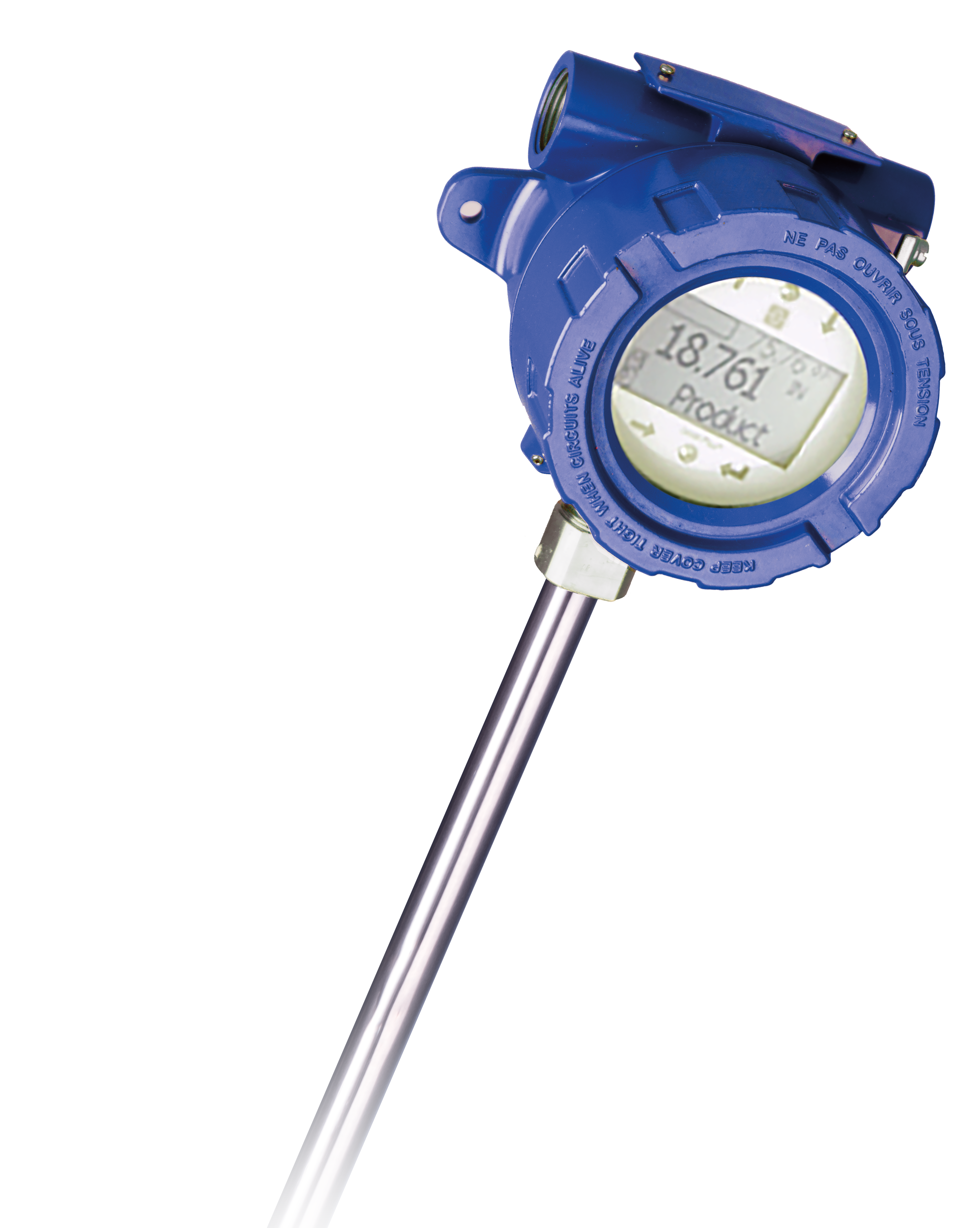
The Level Plus RefineME® Liquid Level Transmitter satisfies the demand for an accurate and robust liquid-level sensor with unsurpassed flexibility to meet most process application conditions. Providing 4-in-1 measurement using one process opening for product level, interface level, temperature and volume measurements.
The Level Plus SoCLEAN® Liquid Level Transmitter – once it is installed and calibrated, there is no requirement for scheduled maintenance or recalibration for the expected 10 year life of the sensor
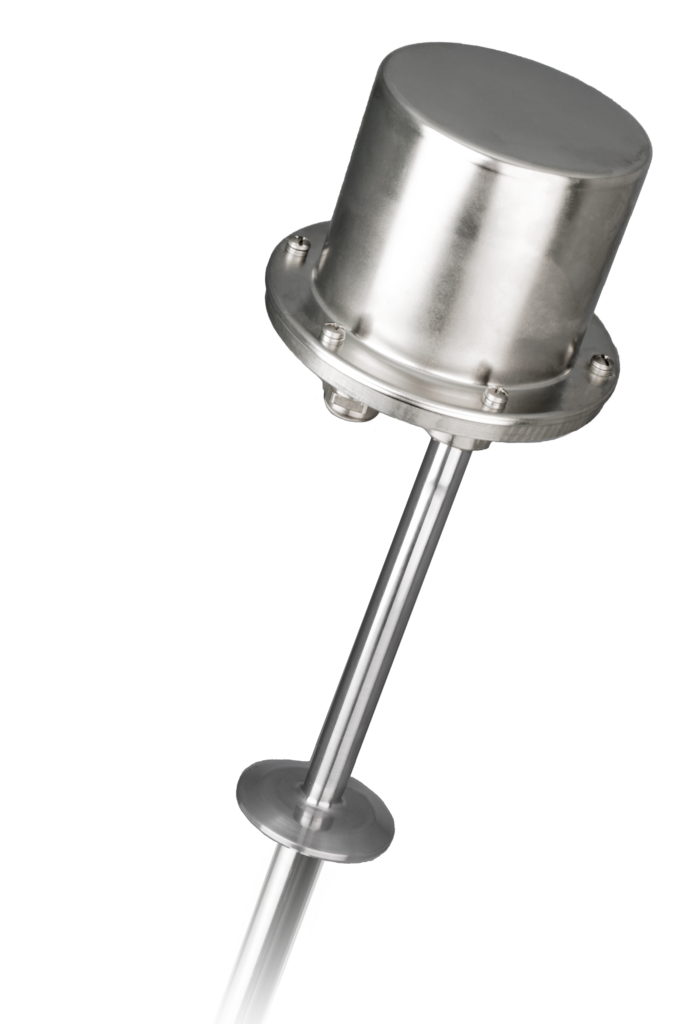
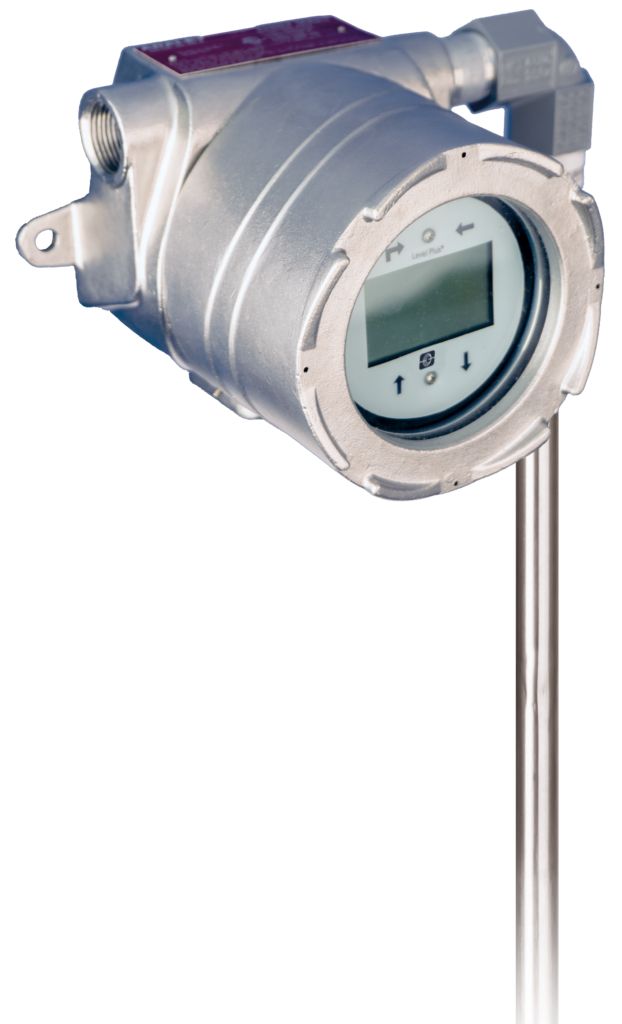
The Level Plus CHAMBERED Liquid Level Transmitter – provides external measurement of most Magnetic Level Gauges (MLG) from popular suppliers.Once the transmitter is installed and calibrated there is no requirement for scheduled maintenance or recalibration.
The Level Plus LevelLimit Liquid Level Transmitter – the electrically isolated HI level detection uses a separate set of electronics and reed switch technology to offer a Digital I/O output based off of the movement of an independent HI level float.
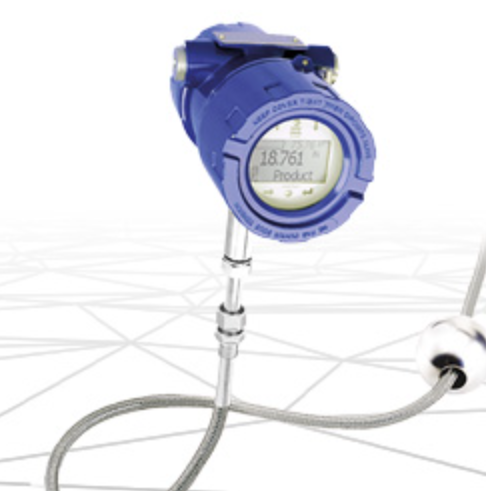
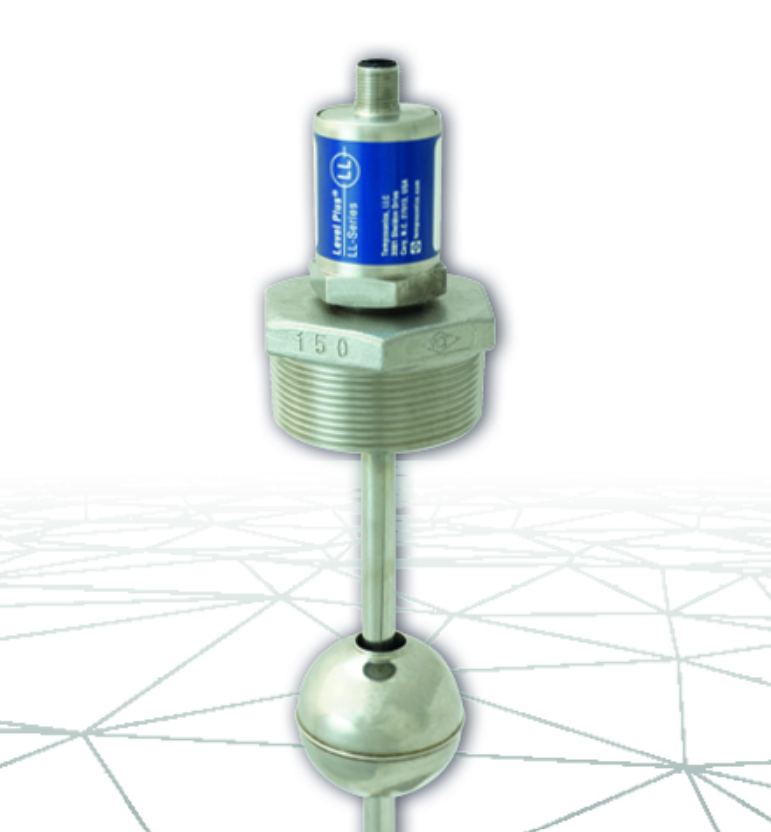
The Level Plus LLE Liquid Level Transmitter – the LLE can provide product level and/or interface level in a compact mechanical design. The LLE can also be ordered with an optional temperature measurement of a straight RTD output
The Level Plus LLH Liquid Level Transmitter – the LLH liquid level transmitter can be mounted on most tanks offering NPT and Tri-Clamp connections from 3/4 to 6 inches. The LLH also offers a variety of outputs including Analog, CANbus, SSI, IO-Link, POWERLINK, Profinet, EtherNet/IP and EtherCAT.
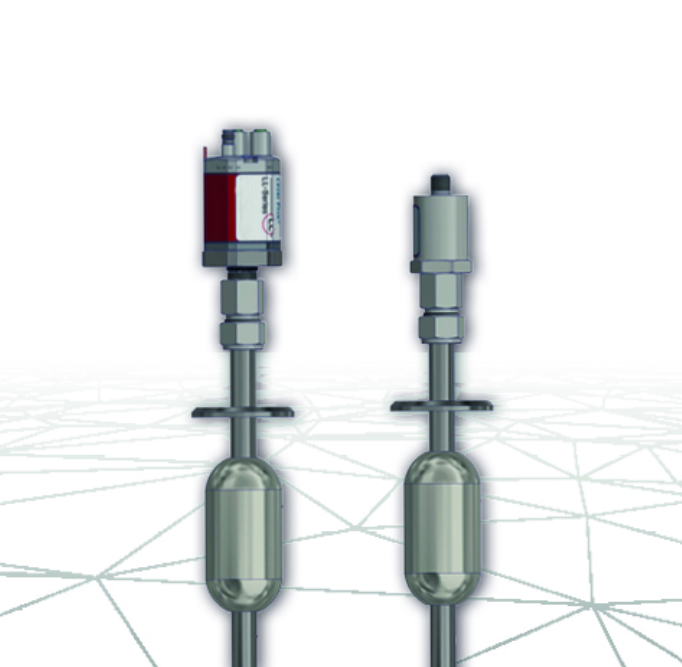

The Tank Slayer® Liquid Level Transmitter – designed for bulk storage inventory monitoring, the Level Plus Tank Slayer® has an expected lifetime of 10 years – set it and forget it! With 4-in-1 measurement (Product, Interface, Temperature, Volume).
How Liquid Level Transmitters work
The float, containing a permanent magnet and sitting on the liquid, generates a magnetic field at its location on the waveguide. A short current pulse is applied to the waveguide. This creates a momentary radial magnetic field and torsional strain on the waveguide. The momentary interaction of the magnetic fields releases a torsional strain pulse that propagates the length of the waveguide.
When the ultrasonic wave reaches the end of the waveguide it is converted into an electrical signal. Since the speed of the ultrasonic wave in the waveguide is precisely known, the time required to receive the return signal can be converted into a liquid level measurement with both high accuracy and repeatability.
The technology, based on magnetostriction and is not exposed to mechanical stress. Therefore, the sensors exhibit considerably longer lifespans and much higher reliability when compared to other technologies, even in harsh working conditions. Furthermore, since the output from sensors corresponds to an absolute position, rather than a relative value, it is not required to recalibrate sensors.
